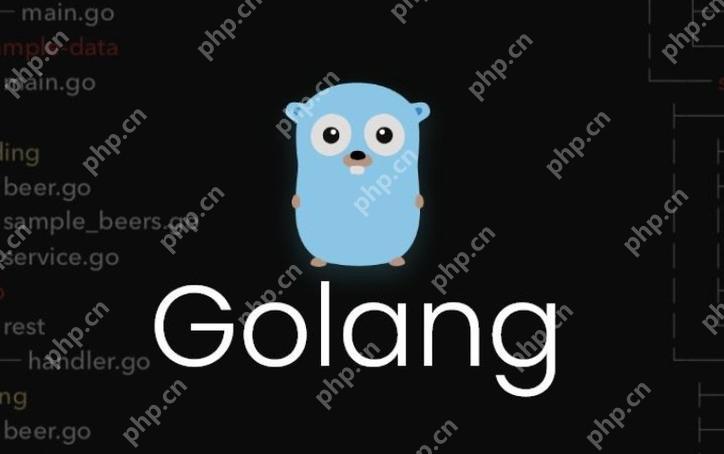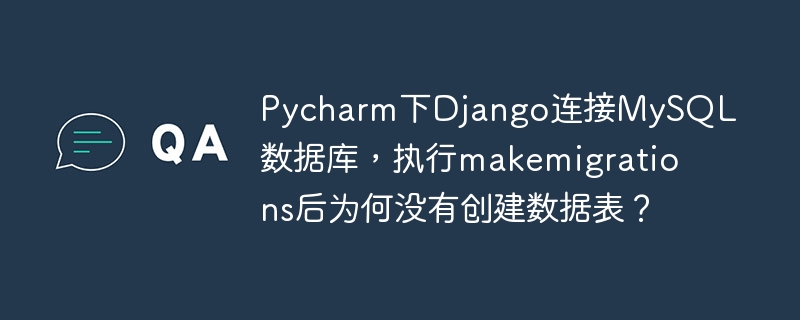go 語言在機器學習領域雖然不如 python 廣泛,但其高效并發和性能優勢在特定場景下非常突出。實現機器學習算法時需注意:1) 數學運算精度問題,可能需要高精度數學庫;2) 利用 go 的并發處理能力提高算法效率;3) 由于庫資源有限,可能需自行實現或使用第三方庫;4) 算法優化,如選擇初始聚類中心和最佳分割點。

在機器學習領域,Go 語言雖然不是最常用的語言,但其高效的并發處理能力和強大的性能表現使其在某些特定場景下大放異彩。今天我們就來聊聊在 Go 語言中實現機器學習算法的常見問題和解決方案。
Go 語言在機器學習領域的應用雖然不如 python 那樣廣泛,但它在處理大規模數據和高并發場景下有著獨特的優勢。讓我們從幾個常見的機器學習算法入手,探討一下在 Go 中實現這些算法時會遇到的問題,以及如何解決這些問題。
首先,我們來看看線性回歸算法的實現。在 Go 中實現線性回歸并不復雜,但需要注意的是,Go 語言沒有像 Python 那樣豐富的科學計算庫,因此我們需要自己實現一些基本的數學運算。
package main import ( "fmt" "math" ) func linearRegression(x, y []float64) (float64, float64) { n := float64(len(x)) sumX, sumY, sumXY, sumX2 := 0.0, 0.0, 0.0, 0.0 for i := 0; i <p>實現線性回歸時,我們需要注意的是浮點數運算的精度問題。在 Go 中,浮點數運算可能會因為舍入誤差而導致結果不準確,因此在實際應用中,我們可能需要使用更高精度的數學庫。</p><p>接下來,我們來看看 K-means 聚類算法的實現。K-means 算法在 Go 中實現時,需要注意的是如何高效地計算距離和更新聚類中心。</p><pre class="brush:go;toolbar:false;">package main import ( "fmt" "math" ) type Point struct { X, Y float64 } func distance(p1, p2 Point) float64 { return math.Sqrt(math.Pow(p1.X-p2.X, 2) + math.Pow(p1.Y-p2.Y, 2)) } func kMeans(points []Point, k int, maxIterations int) []Point { centroids := make([]Point, k) for i := 0; i <p>在實現 K-means 算法時,我們需要注意的是如何選擇初始聚類中心,這會直接影響算法的收斂速度和最終結果。在 Go 中,我們可以使用隨機選擇或 K-means++ 算法來選擇初始中心。</p><p>最后,我們來看看決策樹算法的實現。決策樹算法在 Go 中實現時,需要注意的是如何高效地選擇最佳分割點和處理分類問題。</p><pre class="brush:go;toolbar:false;">package main import ( "fmt" "math" ) type TreeNode struct { Feature int Threshold float64 Left, Right *TreeNode Class int } func entropy(classCounts map[int]int) float64 { total := 0 for _, count := range classCounts { total += count } ent := 0.0 for _, count := range classCounts { p := float64(count) / float64(total) ent -= p * math.Log2(p) } return ent } func informationGain(X [][]float64, y []int, feature int, threshold float64) float64 { leftClassCounts := make(map[int]int) rightClassCounts := make(map[int]int) for i, x := range X { if x[feature] = maxDepth || len(unique(y)) == 1 { return &TreeNode{Class: mostCommonClass(y)} } bestGain := -math.MaxFloat64 var bestFeature int var bestThreshold float64 for feature := 0; feature bestGain { bestGain = gain bestFeature = feature bestThreshold = threshold } } } leftX, leftY, rightX, rightY := splitData(X, y, bestFeature, bestThreshold) node := &TreeNode{Feature: bestFeature, Threshold: bestThreshold} node.Left = buildTree(leftX, leftY, depth+1, maxDepth) node.Right = buildTree(rightX, rightY, depth+1, maxDepth) return node } func splitData(X [][]float64, y []int, feature int, threshold float64) ([][]float64, []int, [][]float64, []int) { var leftX, rightX [][]float64 var leftY, rightY []int for i, x := range X { if x[feature] maxCount { maxCount = count mostCommon = num } } return mostCommon } func main() { X := [][]float64{ {1, 2}, {2, 3}, {3, 4}, {4, 5}, {5, 6}, } y := []int{0, 0, 1, 1, 1} tree := buildTree(X, y, 0, 3) fmt.Println("Decision Tree:", tree) }
在實現決策樹算法時,我們需要注意的是如何處理連續特征和離散特征,以及如何選擇最佳分割點。在 Go 中,我們可以使用信息增益或基尼系數來選擇最佳分割點。
總的來說,在 Go 語言中實現機器學習算法時,我們需要注意以下幾點:
- 數學運算的精度問題:Go 語言的浮點數運算可能會因為舍入誤差而導致結果不準確,因此在實際應用中,我們可能需要使用更高精度的數學庫。
- 并發處理:Go 語言的并發處理能力非常強大,我們可以利用 goroutine 和 channel 來并行處理數據,提高算法的執行效率。
- 庫的選擇:Go 語言的機器學習庫不如 Python 那樣豐富,因此我們需要自己實現一些基本的數學運算,或者使用第三方庫如 gonum 等。
- 算法的優化:在實現算法時,我們需要注意算法的優化問題,例如如何選擇初始聚類中心,如何選擇最佳分割點等。
通過以上幾個例子,我們可以看到在 Go 語言中實現機器學習算法雖然有一定的挑戰,但通過合理的設計和優化,我們仍然可以實現高效的機器學習算法。希望這篇文章能為你提供一些有用的參考和啟發。
? 版權聲明
文章版權歸作者所有,未經允許請勿轉載。
THE END


















